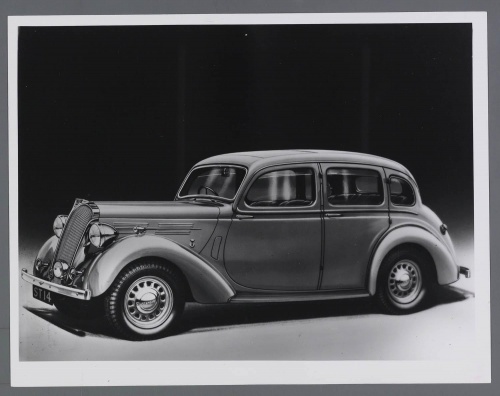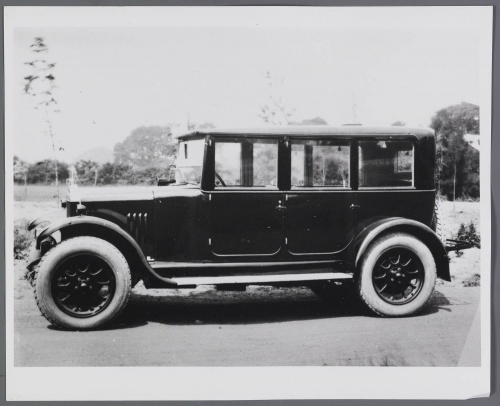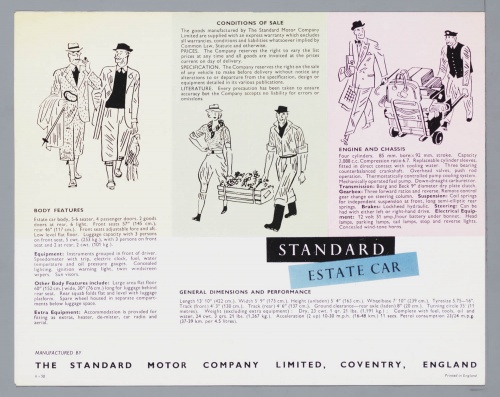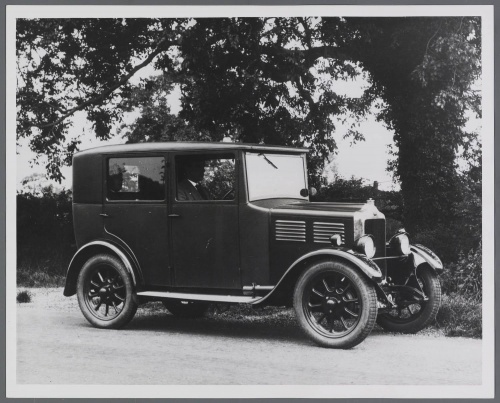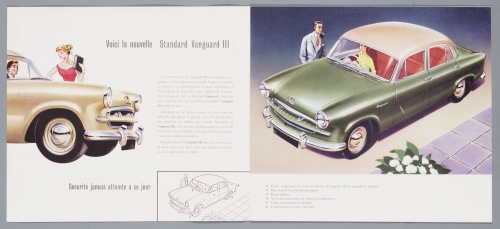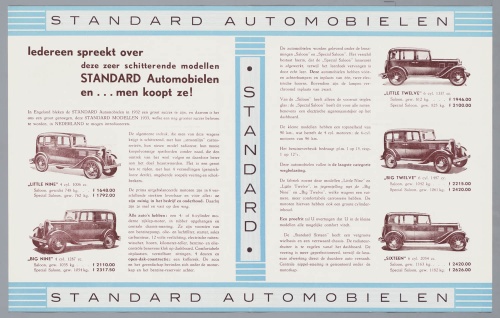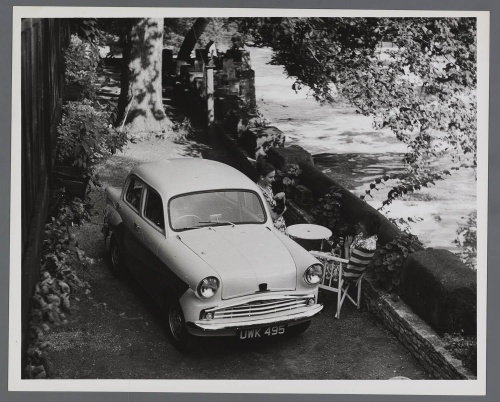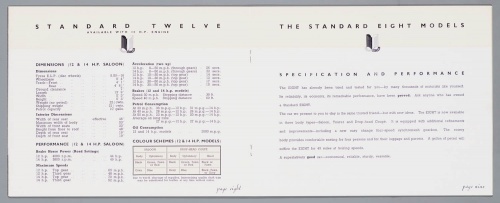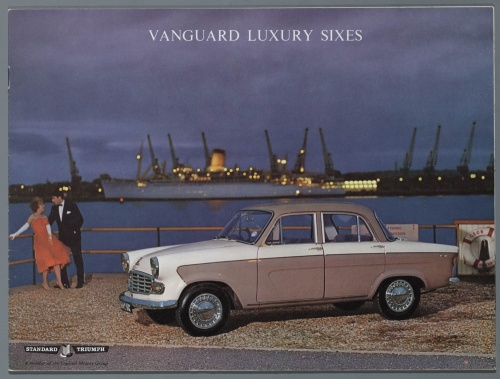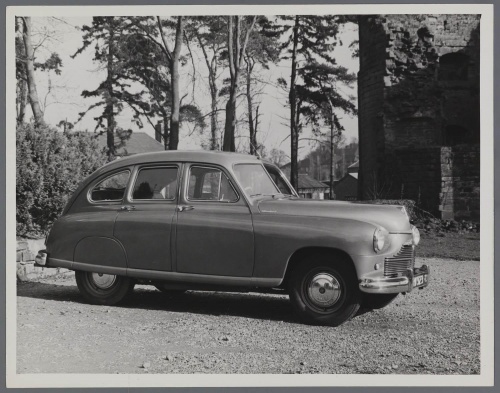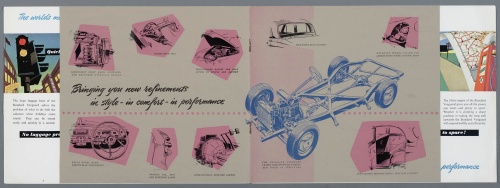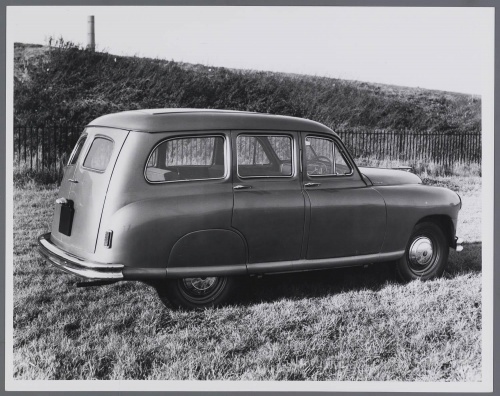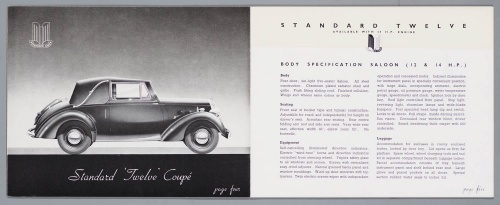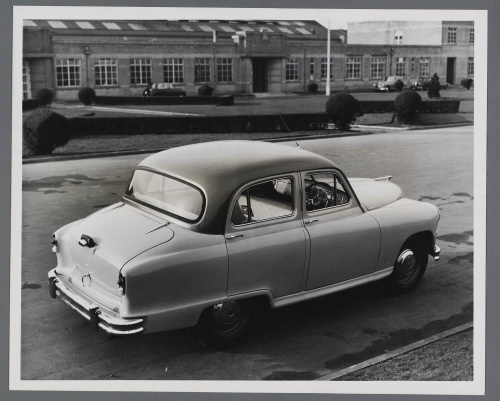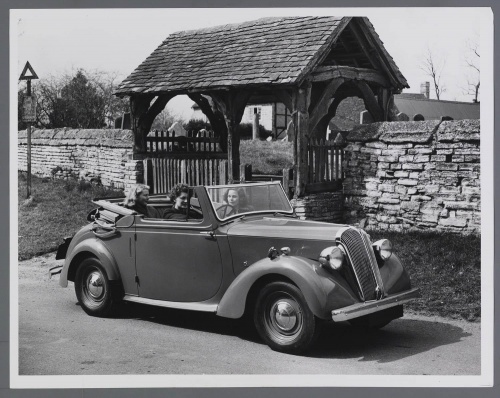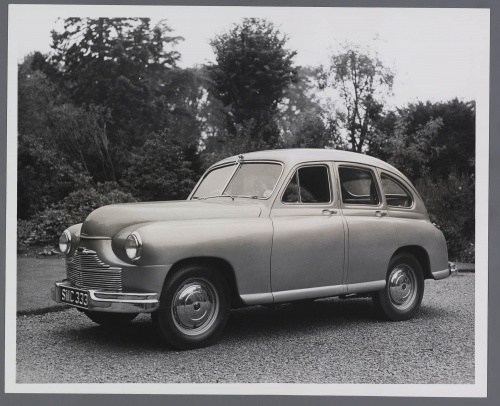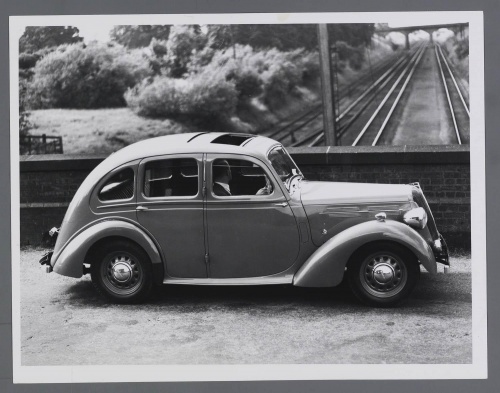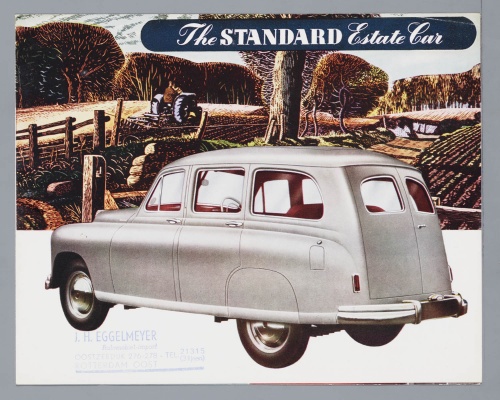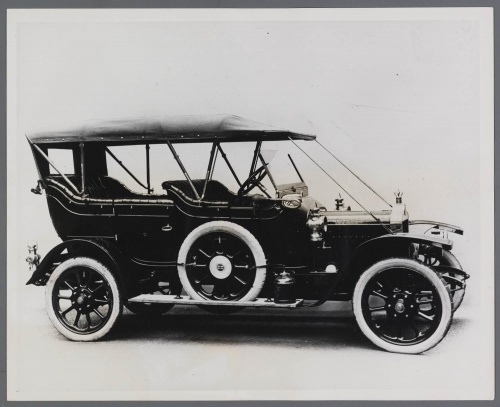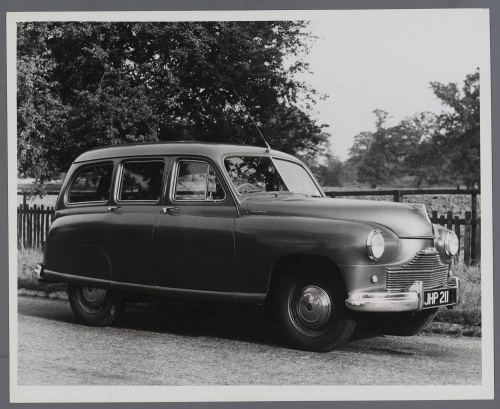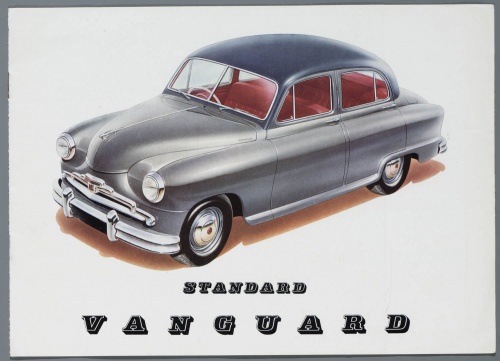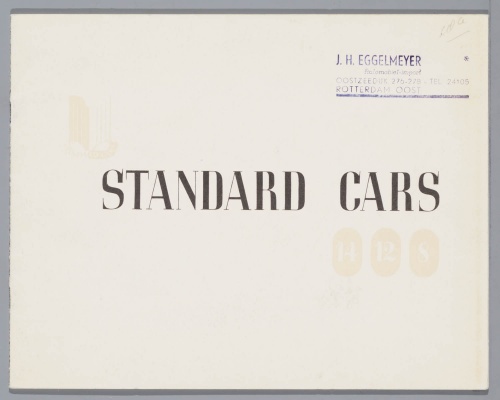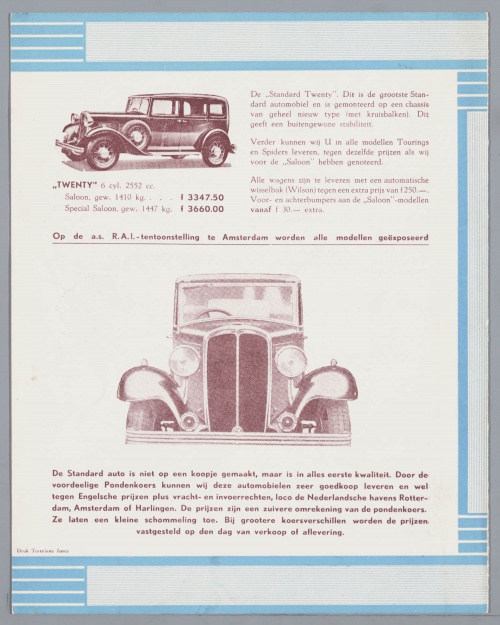Dutch Automotive History (part 58) Standard (75 photos)
STANDARD (Coventry/Canley, UK, 1903-1963)
In 1903, a young civil engineer, Reginald Walter Maudsley, founded the Standard automobile company in Coventry. The post of chief designer was given to Alex Craig, who previously worked at Singer and Lea-Francis. In those days, the name of the company "Standard" had strategic significance. It emphasized that in the production of cars, already proven units and components are used, and also that most technical components are standardized and interchangeable.
The first-born of the new company was the light car "6HP" with a single-cylinder, one-liter engine. In 1905, Standard released the 18/24HP model with a 6-cylinder 4.7-liter engine, which aroused great interest at the London Motor Show in the fall of the same year. There was no end to buyers, and the Standard company had to urgently increase production capacity. In March 1906, the “24/ZONR” model with a 6-cylinder 5.2-liter engine was born. At the same time, the most powerful and comfortable version of the “50HP” entered the market, the 6-cylinder engine of which had a displacement of 11,734 cm3.
The first light "Standard-12NR" in mass production was introduced in 1910. It was equipped with a 4-cylinder engine of 1656 cm3 and a main gear with a gear ratio of 6.5, which limited the maximum speed to 40 km/h. The cheap and lightweight Rhyl 9.5HP machine, introduced in 1913, was a huge success.
During the war, Standard produced military equipment and ammunition. A second factory was built in Canley, where reconnaissance aircraft were manufactured. After the war, the SLS car, an improved version of the Rila, went on sale. It, in turn, was replaced in 1920 by the “11.6HP”, or “SLO” model. To stop the rapid decline in sales in 1927, the company released the “18/36HP” model with a 2.2-liter 6-cylinder engine, but it did not lead to the desired result. After that, all hopes were pinned on the lightweight model "9НР", or "Nine", which featured artificial leather upholstery and a worm final drive.
In 1929, the “Standard” program included three models: “Big Nine” with a 4-cylinder engine of 1287 cm3, as well as “16HP” and “20HP” with 6-cylinder engines. Three years later, a smaller version of “Nain” appeared - “Little Nine” with an engine of 1006 cm3. In 1933, the program was supplemented by the Little Twelve and Big Twelve models with small displacement 6-cylinder engines (1337 and 1497 cm3), which were offered with Wilson gearboxes, equipped with an electric switching mechanism. In 1934, they released the “Standard Ten” (Tep), and in 1936 they began production of the popular “Flying” series in the “9HP”, “12HP”, “16HP” and “20HP” versions with more streamlined bodies. In 1937, the “14HP” version was released, as well as a model with a 2.7-liter V8 engine, the production of which was quickly discontinued (about 200 copies were produced). In 1938, Standard offered 3 new models - Eight, Super Ten and Tuelve with front independent suspension on a transverse spring. Before the war, cars were a great success.
During World War II, Standard built airplanes, armored cars and army trucks. As a result, the company's factories became targets of German air raids and suffered greatly. In 1944, Standard merged with Triumph. Soon, the Canley plant resumed production of pre-war models, as well as Triumph cars. The first new car of the post-war period was the Vanguard, introduced in 1947. Its main feature was a 4-door pontoon-type body, very similar to the one installed on the Soviet Pobeda, which appeared a year earlier. In 1952, the appearance of this car was greatly changed, and the sloping rear part of the body gave way to a classic luggage compartment. Before 1956, Vanguard underwent two more cosmetic surgeries.
At the end of 1953, Standard introduced a small car, the Eight, with an engine displacement of only 803 cm3. It was followed by a more powerful and very similar to its predecessor “Ten” with a 948 cm3 engine. These engines and independent suspension were used in 1959 on the Herald model with a Triumph frame chassis.
In 1961, Leyland Motors acquired the Standard-Triumph group. Popular small and middle class cars received the Standard brand. The latest Standard products were the Ensign passenger cars with a 4-cylinder 2.1-liter engine and the Vanguard Six, equipped with a 2-liter 6-cylinder engine. Since May 1963, the Standard brand has not been used.

